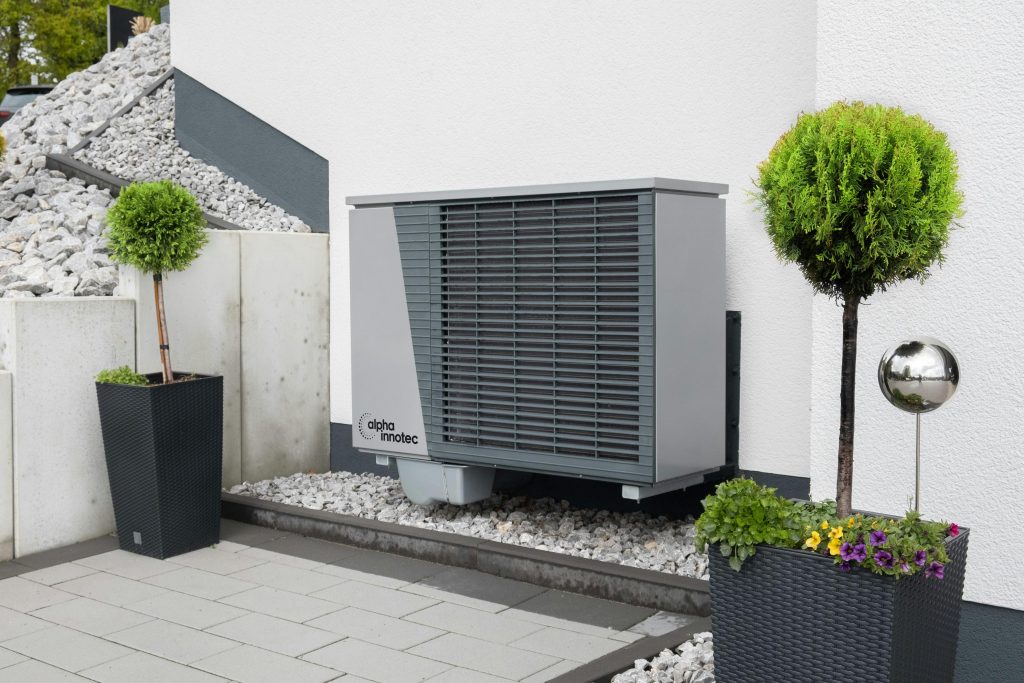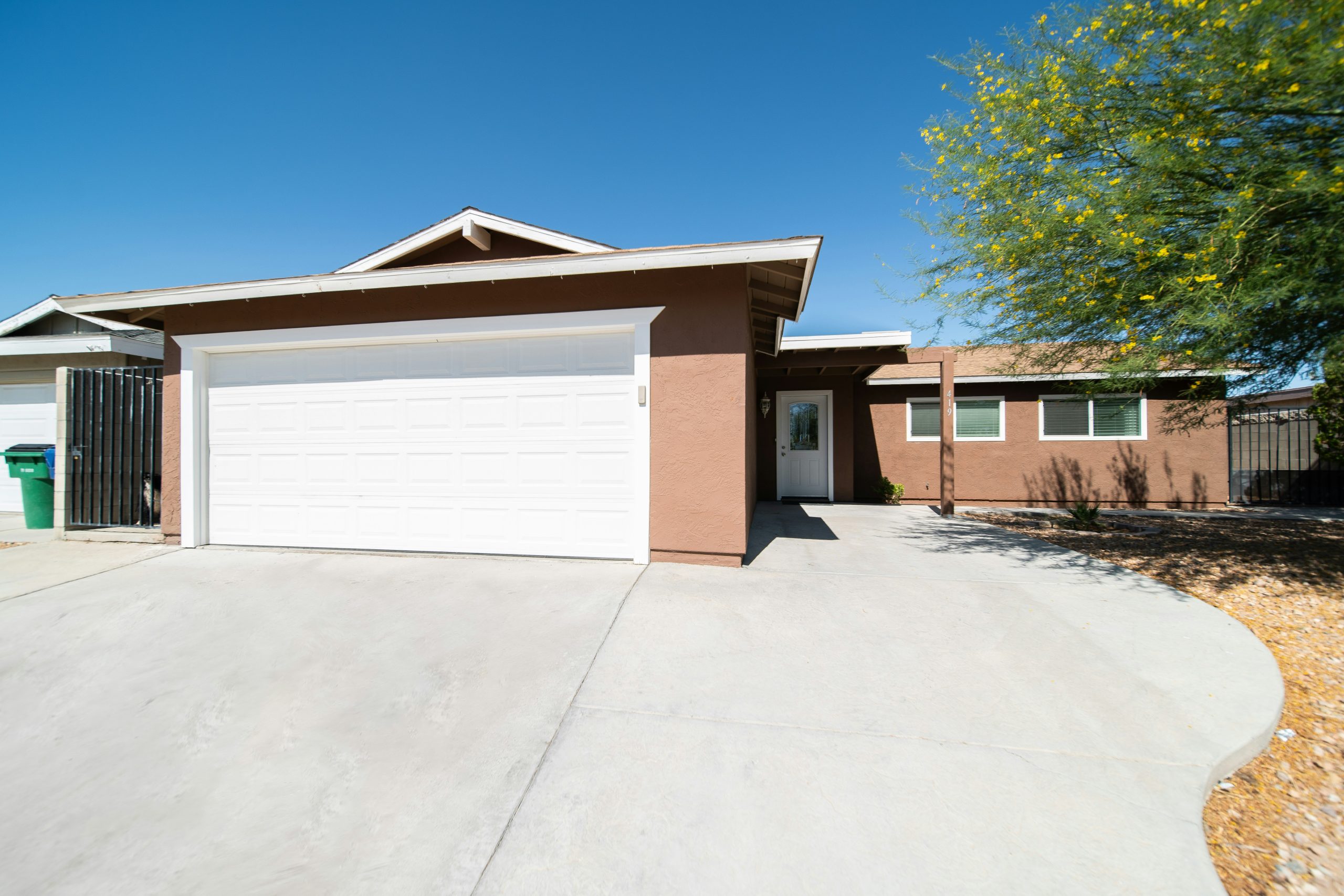Top Signs It’s Time to Upgrade Your Home’s Heating and Cooling System
Photo by alpha innotec
As seasons shift, one thing becomes increasingly clear: your home’s comfort depends heavily on the efficiency of your heating and cooling system. A reliable HVAC system does more than control the temperature – it creates a sanctuary within your home, ensuring every room stays cozy in the winter and refreshingly cool in the summer. But like all things, systems wear down over time, and the signs of distress can be easily overlooked.
Imagine a winter night when the heat fails to kick in or a sweltering summer afternoon when the air conditioning is sluggish at best. These are clear indicators that your system may be nearing the end of its life cycle, but other, less obvious signs might be harder to spot until they worsen. Understanding when your HVAC system is failing can save you from costly repairs and untimely discomfort.
Take a moment to consider the small changes you’ve noticed: rising energy bills, uneven temperatures throughout the house, or strange noises coming from the vents. These seemingly minor inconveniences might be the first warning signs that your heating and cooling system isn’t operating at its best. Staying on top of these early signs can prevent you from facing a larger issue down the road.
Upgrading your HVAC system isn’t just about improving comfort – it’s about efficiency, energy savings, and peace of mind. Choosing the right time to replace your system can enhance your home’s overall environment and reduce long-term costs. Let’s dive into the top signs that indicate it might be time for an upgrade.
Rising Energy Bills
One of the first signs that your system may need an upgrade is an increase in your monthly energy bills. If you’ve noticed a spike in costs without any major changes in usage, it could be due to your old unit working harder than it should. Over time, systems become less efficient, leading to higher energy consumption. Upgrading to a newer, more efficient model can help reduce energy expenses and make your home more comfortable.
Frequent Repairs
If you find yourself calling for repairs more often than before, it’s a good sign your system is nearing the end of its lifespan. Constant breakdowns and costly fixes can add up quickly, making an upgrade a smarter financial choice in the long run. Instead of spending money on temporary repairs, consider consulting a professional HVAC contractor in Southlake, TX, like Coventry & Gattis A/C, or the city and company local to you to assess your system’s condition and help you decide if it’s time to replace it.
Uneven Temperatures
Do you notice that some rooms are much warmer or colder than others? Uneven temperatures can be a sign that your system is struggling to maintain a consistent climate throughout your home. This issue might be caused by failing components or outdated technology. An upgrade can help you achieve a more balanced and comfortable environment, eliminating hot and cold spots.
Strange Noises or Smells
Unusual sounds or odors coming from your unit are never a good sign. Rattling, grinding, or banging noises could indicate worn-out parts or internal damage. Similarly, musty or burnt smells might suggest mold, dust buildup, or electrical issues. If you’re noticing these signs, having a professional inspect your system is best. An upgrade can often resolve these problems and prevent further damage.
Poor Air Quality and Increased Dust
An old system might not filter the air in your home as effectively as it once did. If you’ve noticed more dust, allergens, or a general decrease in indoor air quality, it may be due to a failing unit. Upgrading to a modern system with advanced filtration can help improve air quality, making your home healthier and more comfortable.
Your System Is More Than 10-15 Years Old
If your current system is over a decade old, consider an upgrade. Most units have an average lifespan of 10-15 years, depending on how well they have been maintained. After this period, they often begin to lose efficiency and may not perform as well as they once did. Additionally, older systems lack technological advancements that make newer models more energy-efficient. Upgrading to a modern unit can offer better performance, reduce your energy costs, and provide more consistent comfort throughout your home.
Your Home’s Humidity Levels Are Off
Maintaining your home’s humidity levels is crucial for comfort and health. If your system is outdated, it struggles to keep humidity balanced, especially during summer. Too much humidity can make your home feel warmer and more uncomfortable, while too little humidity can lead to dry skin and respiratory problems. An older system may not have the capability to regulate humidity, leading to an imbalance effectively. Newer systems have features that help control moisture levels, providing a more comfortable and healthier environment.
Outdated Thermostat or Lack of Smart Controls
If your thermostat is outdated or doesn’t offer smart features, it might be time for an upgrade. Older thermostats require manual adjustments and can’t adapt to your lifestyle. In contrast, modern smart thermostats allow you to control your home’s temperature remotely through your smartphone or set schedules based on your daily routines. This increases convenience and helps optimize energy usage, saving you money. Upgrading your system to one that’s compatible with smart controls can significantly enhance your comfort and efficiency, allowing you to manage your home’s climate more effectively.
You’re Planning a Home Renovation or Addition
If you’re thinking about renovating your home or adding extra space, it’s the perfect time to consider upgrading your system. A larger or reconfigured space often requires a system with greater capacity to ensure it can effectively handle the new layout. Using your existing system with an expanded area could lead to uneven temperatures, higher energy costs, and increased wear and tear. Consulting a professional during the planning phase can help you choose a system that’s properly sized for your new space, providing optimal comfort and efficiency from the start.
Environmental Impact and Desire for Energy Efficiency
Today, many homeowners are looking for ways to reduce their carbon footprint and make more eco-friendly choices. Upgrading to a high-efficiency system is one of the best ways to decrease energy consumption and minimize environmental impact. Modern units are designed to use less energy, lowering your utility bills while also being kinder to the planet. Additionally, some newer systems are compatible with sustainable energy sources like solar power, offering even greater environmental benefits. If you’re looking to make your home greener and save money in the long run, an upgrade could be a great step.
Know When to Invest in Comfort: Making the Right HVAC Upgrade Decisions
Upgrading your home’s system might seem like a big investment, but the benefits often outweigh the costs. A new unit can make a significant difference from lower energy bills and fewer repairs to improved air quality and better comfort. Recognizing the signs early on and taking action can help you avoid unexpected breakdowns and costly emergency repairs. If you’ve noticed any of these signs in your home, it’s time to consider your options. Reach out to a trusted professional who can assess your current system and guide you through the process of selecting a replacement. Taking this step now will help ensure that your home stays comfortable and efficient for years to come.






